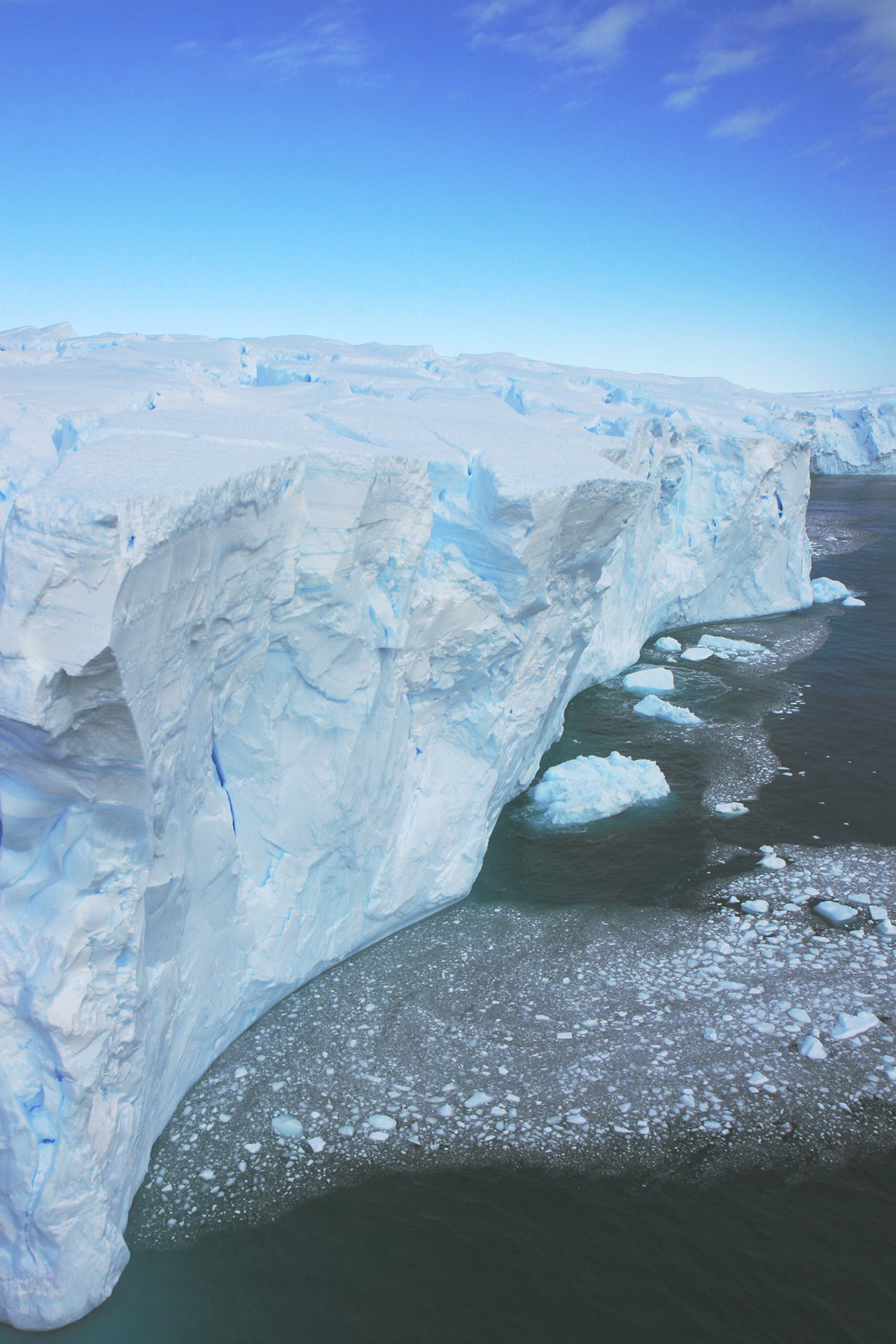ESA satellites track Antarctic ice
05 May 2017
Scientists have been using satellites in orbit around Earth to monitor a group of 30 frozen glaciers in Antarctica. They have made a troubling discovery: the glaciers are losing more and more ice every year. This is worrying because it is a sign that our planet is getting warmer due to climate change.
The 30 glaciers studied are part of an area called Western Palmer Land. Most of the ice here is actually below sea level, and if this melts then huge chunks of ice above can break off and float away. If they drift into even warmer seas then they could completely melt!
Satellites have been watching the glaciers around Antarctica for more than 20 years. ESA satellites such as Envisat and Sentinel-1 have been helping. Clouds can block the satellites’ view, but radar equipment allows them to peer through the clouds to see the glaciers below. Despite this, there are some times and places where the scientists had no satellite data. To fill in these gaps they used an advanced computer simulation to predict what was happening to the glaciers.
ESA satellites will continue to watch glaciers, taking photos and gathering data. This information is invaluable to us down here on Earth, as we need to see how our planet is changing and what we can do about it!
Cool fact: 10% of Earth’s land is covered by glaciers!







